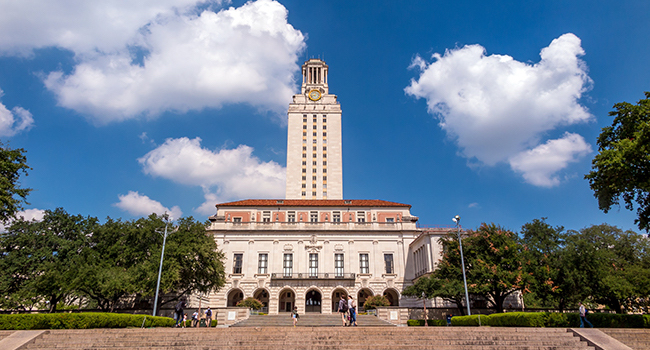
UT Austin Student Robbed at Gunpoint, the Latest in a String of Robberies Near Campus
- By Yvonne Marquez
- October 21, 2020
A University of Texas at Austin student was robbed at gunpoint early Saturday morning near campus, reports student newspaper The Daily Texan. The robbery is the fifth off-campus robbery involving UT students this month, according to a UTPD spokesperson.
The latest robbery occurred at about 2:15 a.m. in West Campus at the 2100 block of Nueces Street. The student described the suspect as a male with a tall mohawk, a full beard, and was wearing a sleeveless black shirt, baggy jeans and a Louis Vuitton belt. Austin Police Department notified UTPD of the robbery on Oct. 19.
“Our safety advice is don't walk alone, especially at night,” UTPD spokesperson Noelle Newton told the Daily Texan. “This was another scenario where someone appeared to have been just a singular victim. So please don't walk alone right now, especially at night. Always call 911 if you feel unsafe, and also, please utilize the Sure Walk program, UT Night Rides and use of virtual walk on LiveSafe.”
Austin and UT police have responded to at least six robberies in the last month, mostly in West Campus near the university. In three instances that occurred Oct. 5 and 6, the suspects appeared to be targeting women students who were walking alone at night.
In another instance, a group of male students were robbed at gunpoint in their own residence on the 2800 block of San Pedro Street. The suspects stole weapons from the residence.
In response to the string of robberies and home invasion, Gov. Greg Abbott increased patrols provided by DPS to the area.
APD is actively investigating the latest robbery.